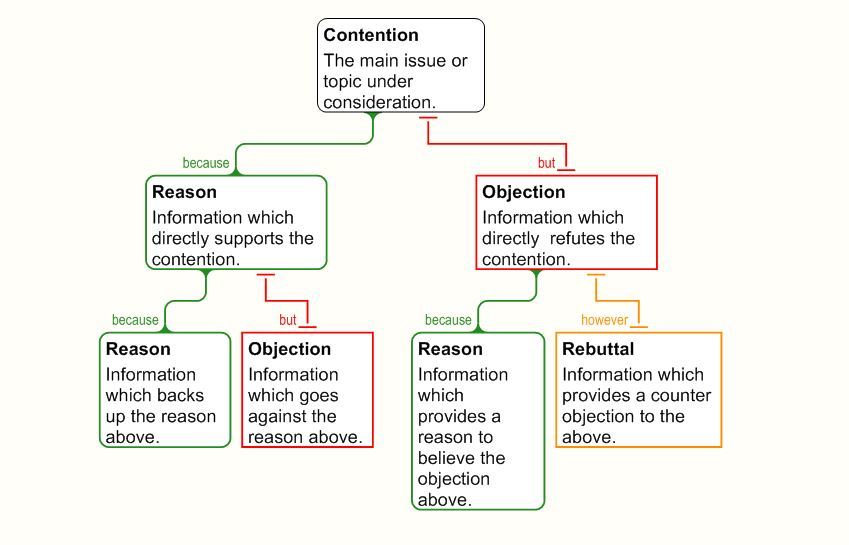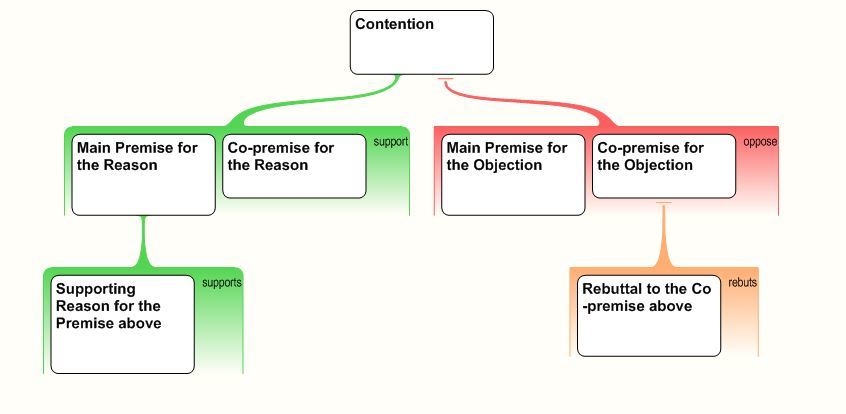Argument Mapping is a unique mapping process that is very useful for structured, critical thinking & writing and debate preparation. I introduced myself to Timo ter Berg, the CEO of Critical Thinking, a leader in the development of software. They help people visualize and organize their thoughts combining innovative graphic display tools with the latest research on how to make complex thinking more organized and accessible. They host several products called Rationale and bCisive which can be found at http://www.reasoninglab.com.
An excerpt from next weeks podcast:
Joe: I first learned about you from your software product Rationale. Can you tell me when was that first published and about that product a little bit.
Timo: It was first published in its current form I think in 2006, and it had a predecessor that is called ReasonAble. Both are made by a group of brilliant people in Australia, in the University of Melbourne and a spinoff of that from 2006, ReasonAble was changed into Rationale, and it has the form it has now. Rationale was a Windows only program. The last two years, my company has been responsible for bringing Rationale as a program online. So it’s now online available, and it does not have the limitations the Rationale windows version had.  Joe: I was a ReasonAble customer now that you say that. I remember that. That’s the first software I bought, so that was quite a few years ago. Rationale is based on what we might call the process of Argument Mapping. Can you explain what Argument Mapping is?
Joe: I was a ReasonAble customer now that you say that. I remember that. That’s the first software I bought, so that was quite a few years ago. Rationale is based on what we might call the process of Argument Mapping. Can you explain what Argument Mapping is?
Timo: Yes, it’s an official representation of reasoning. It’s an official representation of making arguments in such a way that you have a contention, a claim and you want to support it with evidence, with information that you think is supporting the claim. So you can give reasons for a contention, you can give reasons for reasons, you can give objections, and you can give rebuttals. And in an official structure of an argument map, you can see the logical structure of an argument before your eyes. So in an argument that reasons are green, objections are red, there are logical connectors of words that are placed between sentences like because, or, but, or, however. You can add different kinds of resources to support a claim you make. By making such a map, an official representation of the logical structure of an argument, you can become very specific on the details of an argument. It’s possible to zoom in into the details of a claim and the way it’s supported or not without having to remember all these stuff.
When you’re reading an article, for instance, you have to remember all the logical connections between sentences and after five or six or seven sentences, you’re lost. What you do with an argument map is making a still of an argument so that you’re able to be very precise in evaluating the answer, the contention whether it’s supported well or not. So that would be my first description.
Lean Sales and Marketing: Learn about using CAP-Do
Lean Engagement Team (More Info)

